Targeting an alternate Wilms' tumor antigen 1 peptide bypasses immunoproteasome dependency
- PMID: 35138909
- PMCID: PMC8985599
- DOI: 10.1126/scitranslmed.abg8070
Targeting an alternate Wilms' tumor antigen 1 peptide bypasses immunoproteasome dependency
Abstract
Designing effective antileukemic immunotherapy will require understanding mechanisms underlying tumor control or resistance. Here, we report a mechanism of escape from immunologic targeting in an acute myeloid leukemia (AML) patient, who relapsed 1 year after immunotherapy with engineered T cells expressing a human leukocyte antigen A*02 (HLA-A2)-restricted T cell receptor (TCR) specific for a Wilms' tumor antigen 1 epitope, WT1126-134 (TTCR-C4). Resistance occurred despite persistence of functional therapeutic T cells and continuous expression of WT1 and HLA-A2 by the patient's AML cells. Analysis of the recurrent AML revealed expression of the standard proteasome, but limited expression of the immunoproteasome, specifically the beta subunit 1i (β1i), which is required for presentation of WT1126-134. An analysis of a second patient treated with TTCR-C4 demonstrated specific loss of AML cells coexpressing β1i and WT1. To determine whether the WT1 protein continued to be processed and presented in the absence of immunoproteasome processing, we identified and tested a TCR targeting an alternative, HLA-A2-restricted WT137-45 epitope that was generated by immunoproteasome-deficient cells, including WT1-expressing solid tumor lines. T cells expressing this TCR (TTCR37-45) killed the first patients' relapsed AML resistant to WT1126-134 targeting, as well as other primary AML, in vitro. TTCR37-45 controlled solid tumor lines lacking immunoproteasome subunits both in vitro and in an NSG mouse model. As proteasome composition can vary in AML, defining and preferentially targeting these proteasome-independent epitopes may maximize therapeutic efficacy and potentially circumvent AML immune evasion by proteasome-related immunoediting.
Figures
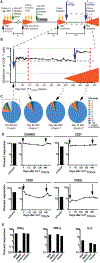
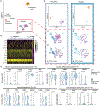
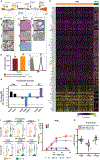
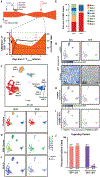
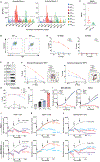
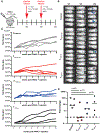
References
Publication types
MeSH terms
Substances
Grants and funding
LinkOut - more resources
Full Text Sources
Other Literature Sources
Medical
Molecular Biology Databases
Research Materials
Miscellaneous

